The craze for the Argentine tango began in 1912 at the Paris thé dansants, where refreshing tea was sipped between dances. The Tango trend swept rapidly across Europe and added a tantalizing new dimension to the traditional British afternoon tea. One of Royal Doulton’s most popular Art Deco china patterns was called Tango after the dance sensation and examples can be seen in our Art of Tea exhibit.
Tea dances were popular entertainments in the pleasure gardens of 18th century London. In her novels, Jane Austen describes the occasions in provincial spa towns, such as Bath. As afternoon tea parties became fashionable in the 19th century, ambitious Victorian hostesses added various amusements including intervals of music and dancing. Tea dances in hotel lounges and palm courts were a fashionable part of Edwardian life, but dancing at teatime became more seductive with the arrival of the tango.
Londoners first saw the tango performed in 1912 in the musical comedy The Sunshine Girl at the Gaiety Theatre. Restaurants and hotels quickly jumped on the bandwagon and created space for dancing accompanied by moody Latin music often played by a live orchestra. The tango was the hit of the show on Broadway the following year and fans attended classes to learn the steps. Some religious groups believed that the intimate embrace of the dance led to moral degeneration and corruption. However, women’s wardrobes were liberated with tango corsets and dresses, which offered increased flexibility and freedom of movement for dancing the tango properly. Among the fashion extremes were tango trousers and telescopic dresses. The Tango craze reached fever pitch in 1913 in the same year as imprisoned suffragettes went on hunger strike demanding the right to vote and the liberation of women.
Although the popularity of the tango waned during the First World War, the idea of dancing at teatime continued with new dances such as the Foxtrot and the Charleston in the roaring 1920s. In the TV series Downton Abbey, the aristocrat Lady Rose MacClare raises eyebrows when she attends a tea dance in a public hall. She was chaperoned by apprehensive ladies’ maid Anna Bates, who considered the event inappropriate for someone of Rose’s station. Gradually, it became socially acceptable for women to attend afternoon tea dances without a chaperone at ritzy hotels, such as the London Waldorf. In 1920s America, society matrons could ‘bring out’ their daughters or present a new daughter-in-law at elegant tea dances. In contrast, the 1925 hit Broadway musical No, No Nanette, an Atlantic City tea dance is the setting for the plot’s climax and the inspiration for the famous song Tea for Two.
World War Two brought an abrupt end to the London Waldorf’s tea dances when a bomb shattered the glass roof of the Palm Court. Tea dances survived the bleak post-war years and the swinging 1960s thanks to historical dance enthusiasts and the LGBTQ communities. They are now back in vogue in London due to a renewed interest in tea drinking and TV dance shows. There have been several attempts at world record tea dances and the current official record from 2010 is Glasgow’s George Square with over 4,000 dancers.
See Art Deco tea wares in our Art of Tea exhibit
Read more...
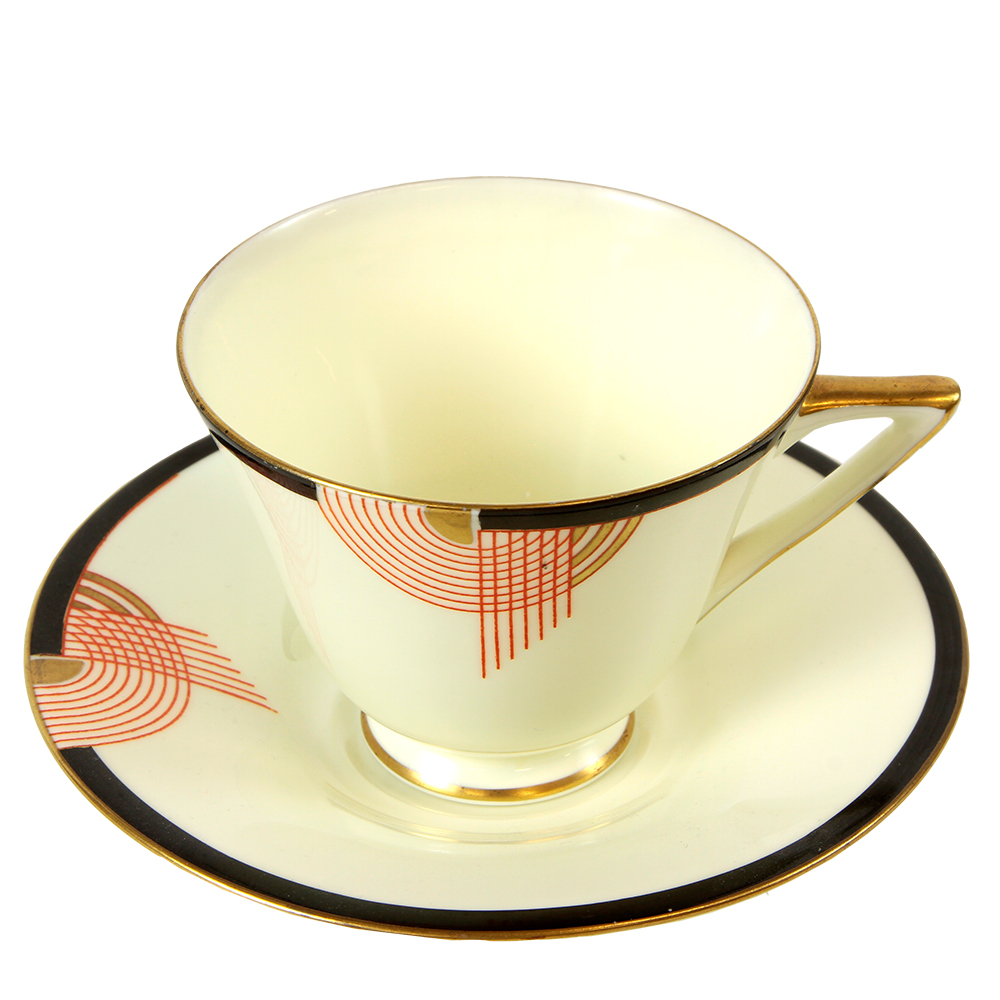
Royal Doulton Tango teacup & saucer
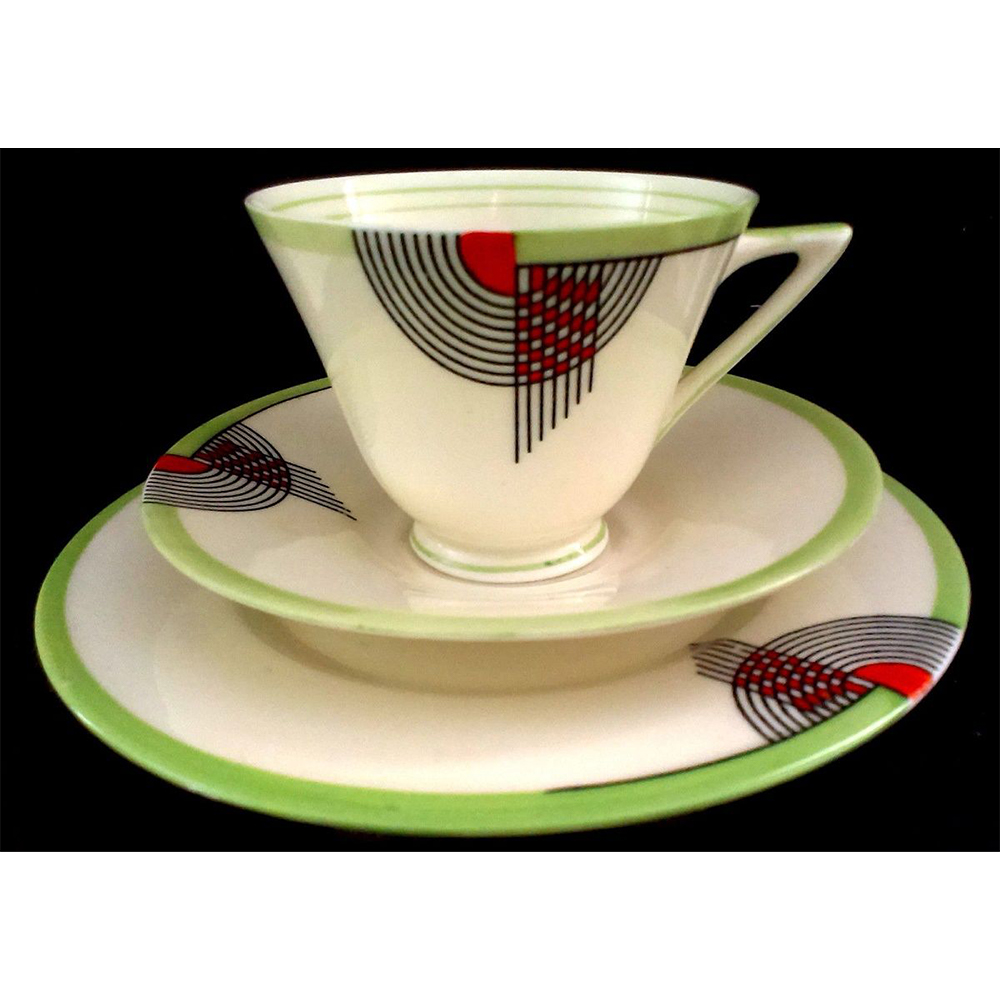
Royal Doulton Tango trio
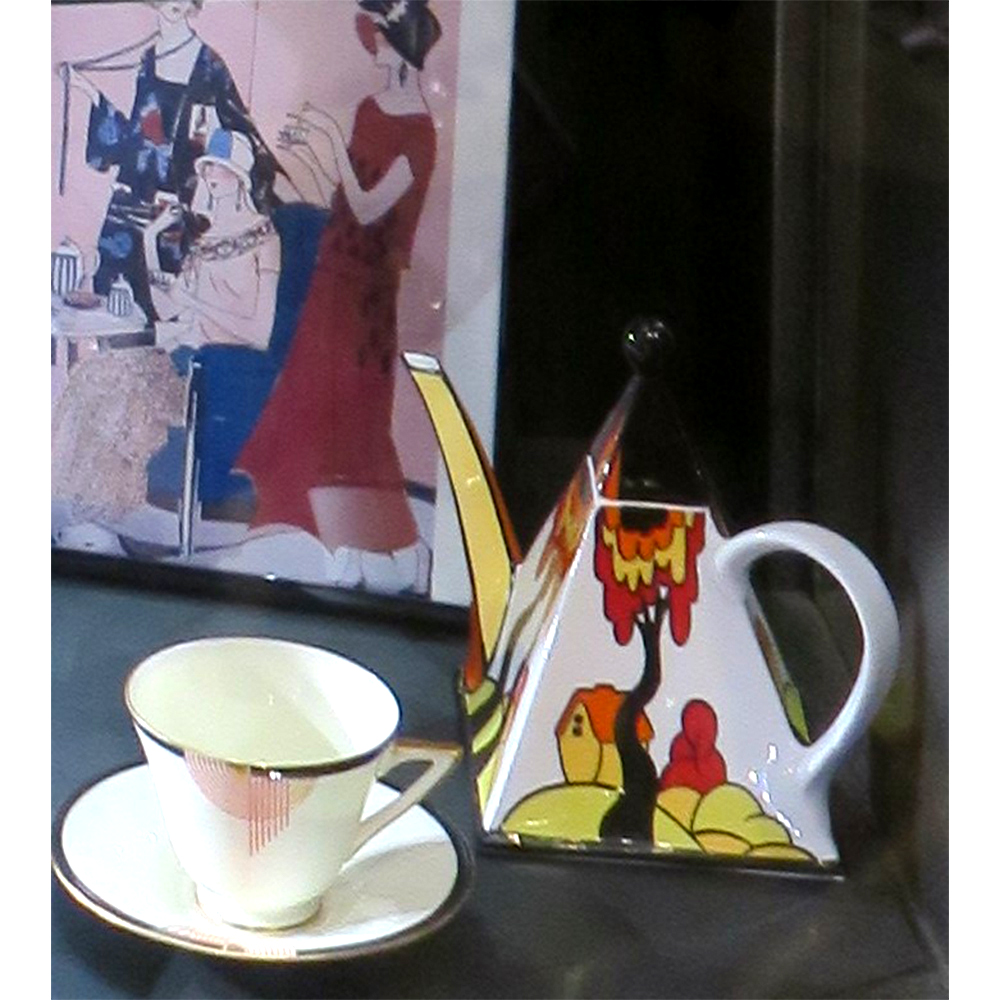
Royal Doulton Tango teacup & saucer with Brian Wood teapot
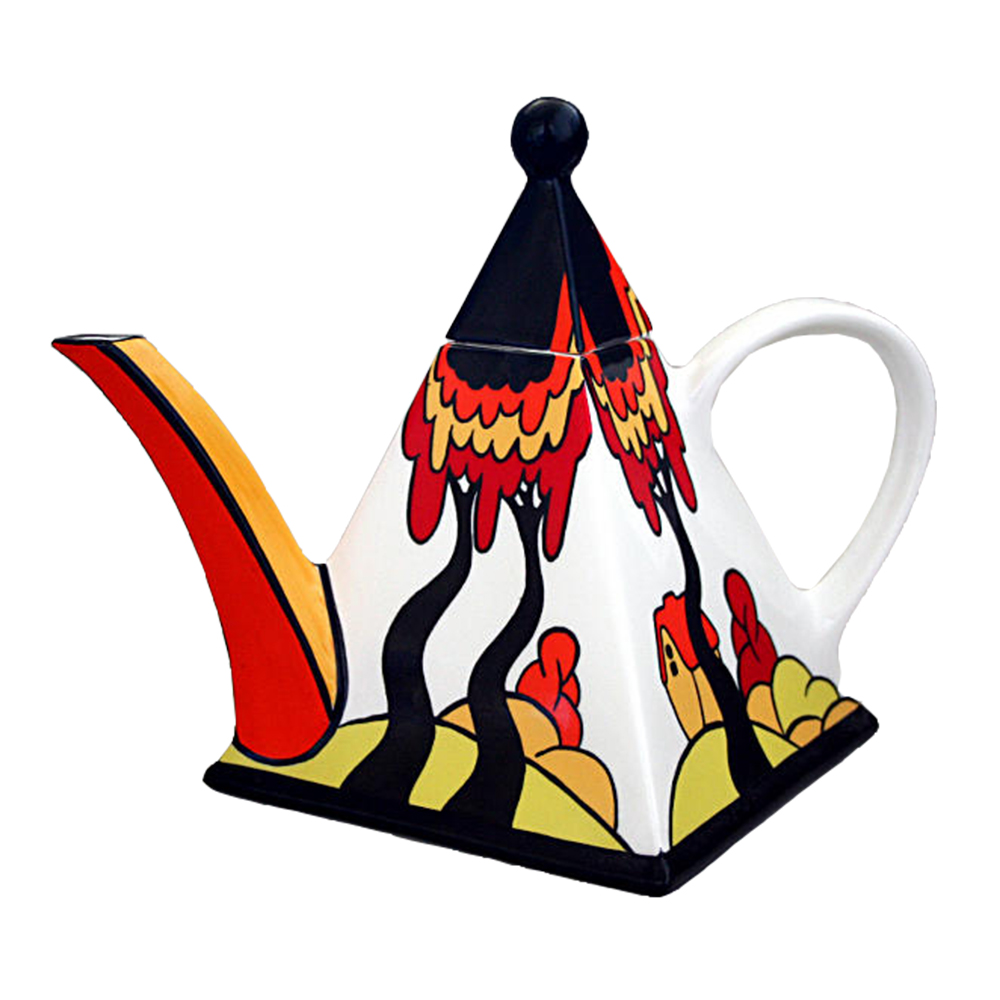
Art Deco Revival Teapot by Brian Wood
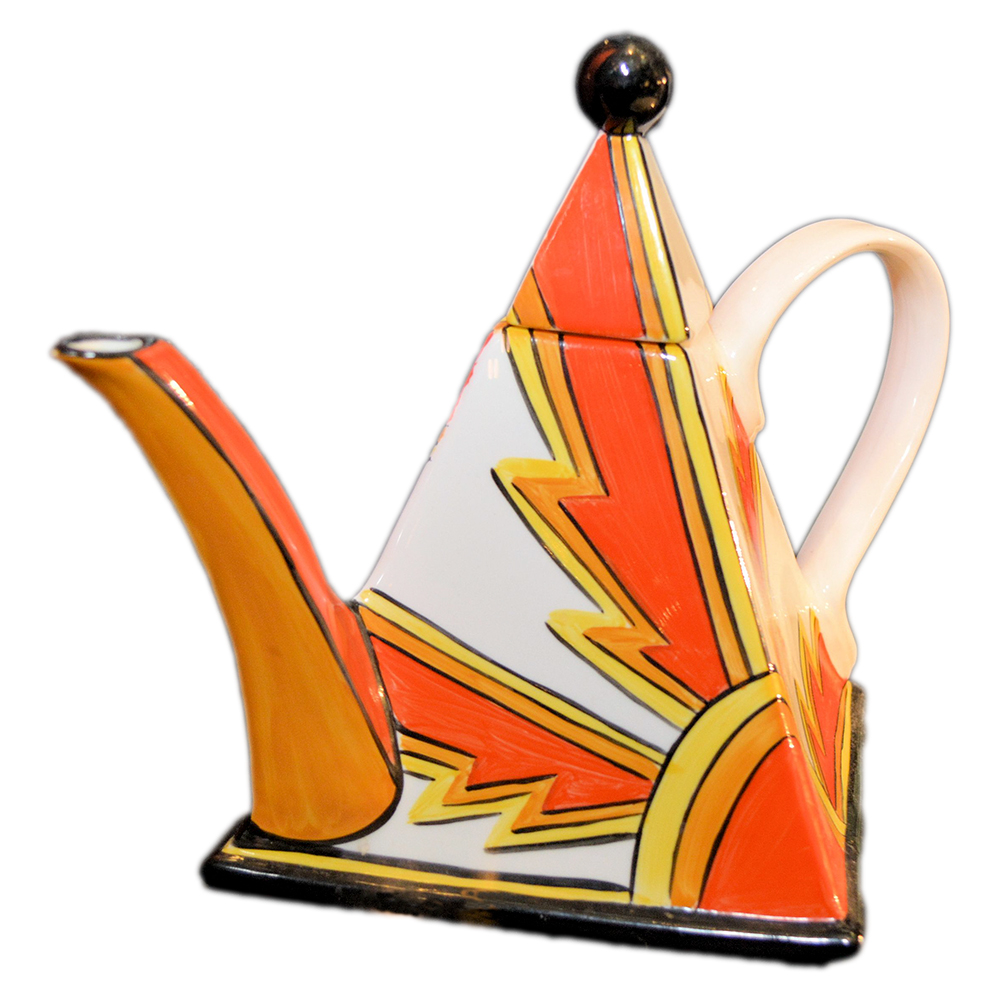
Art Deco Revival Teapot by Brian Wood
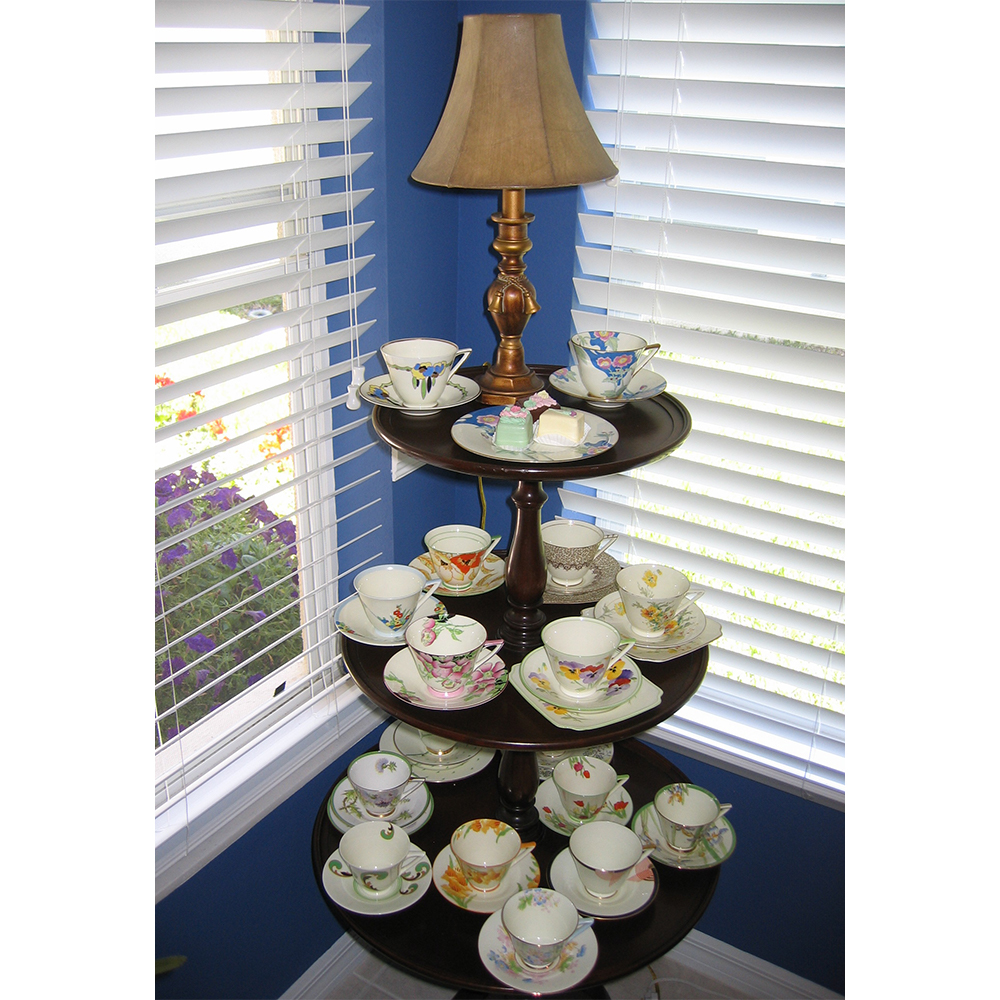
Greshuk & Buerk Collection
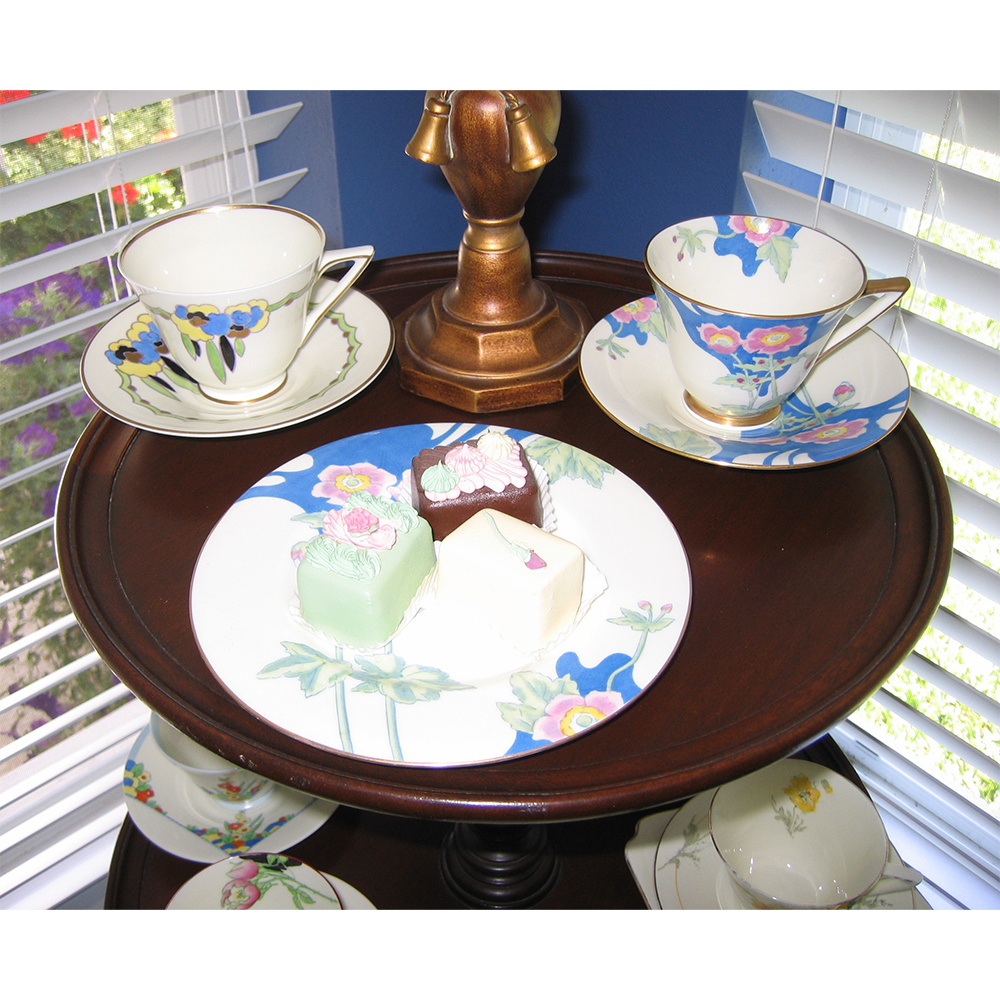
Greshuk & Buerk Collection
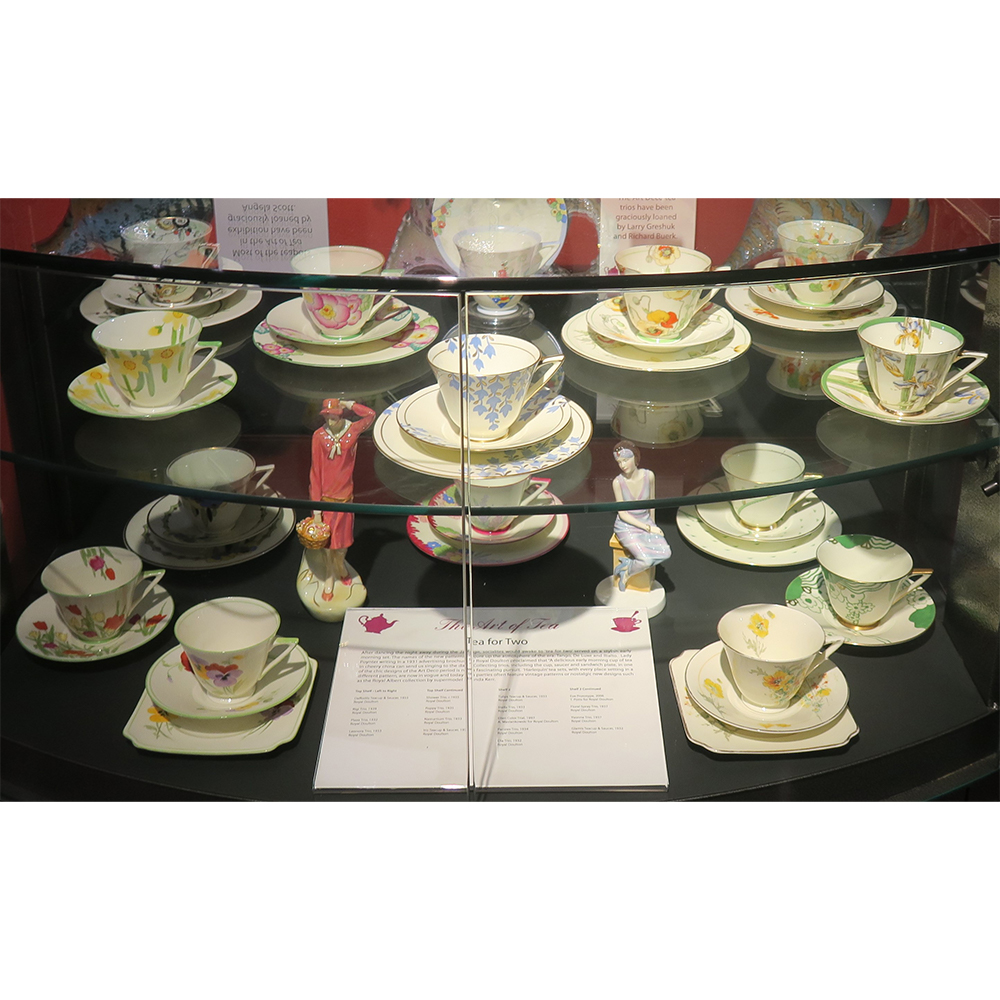
Display of Royal Doulton Art Deco teacups & saucers loaned by Larry Greshuk & Richard Buerk
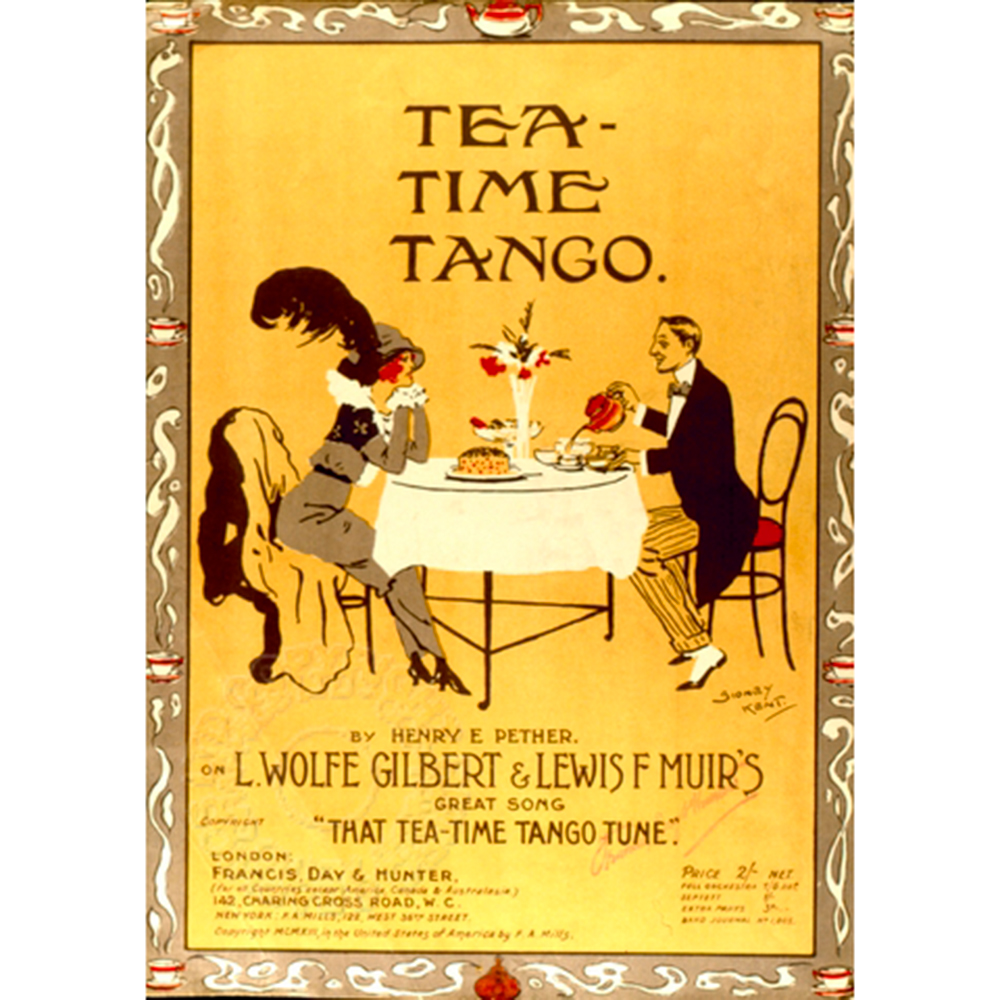
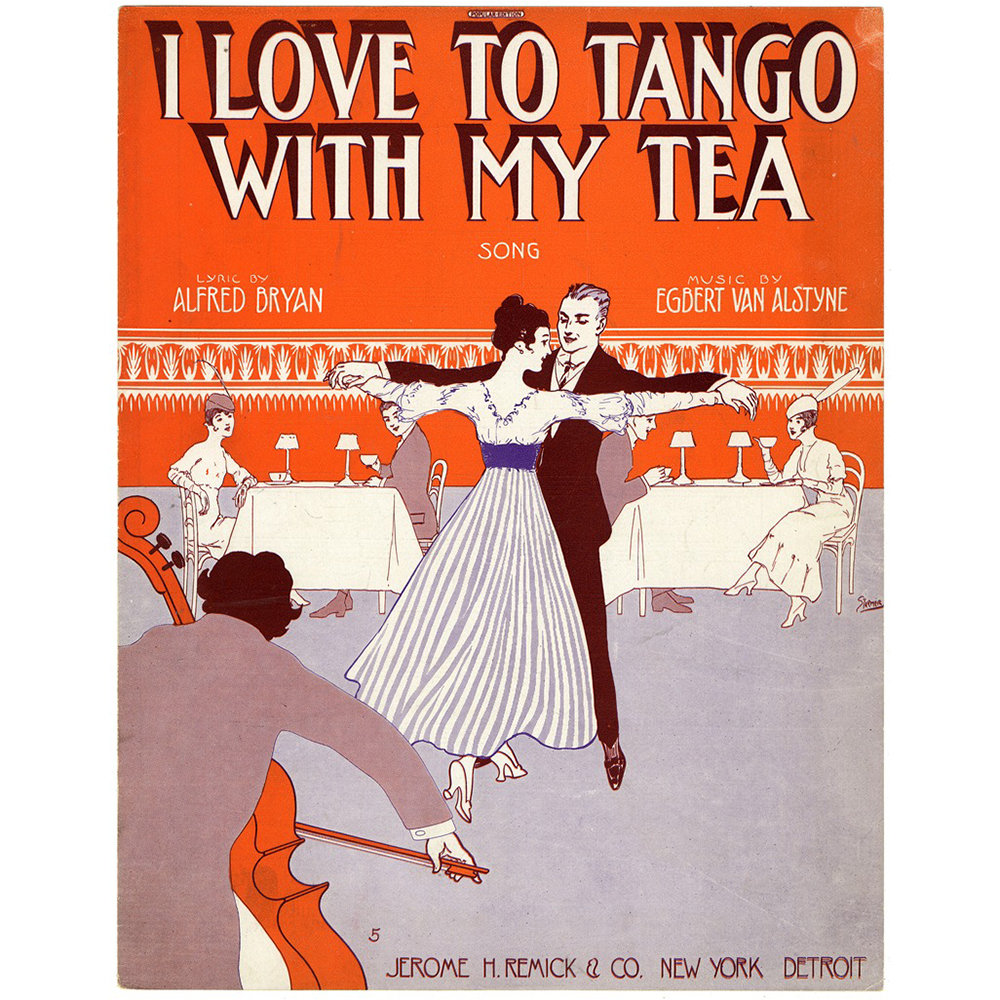
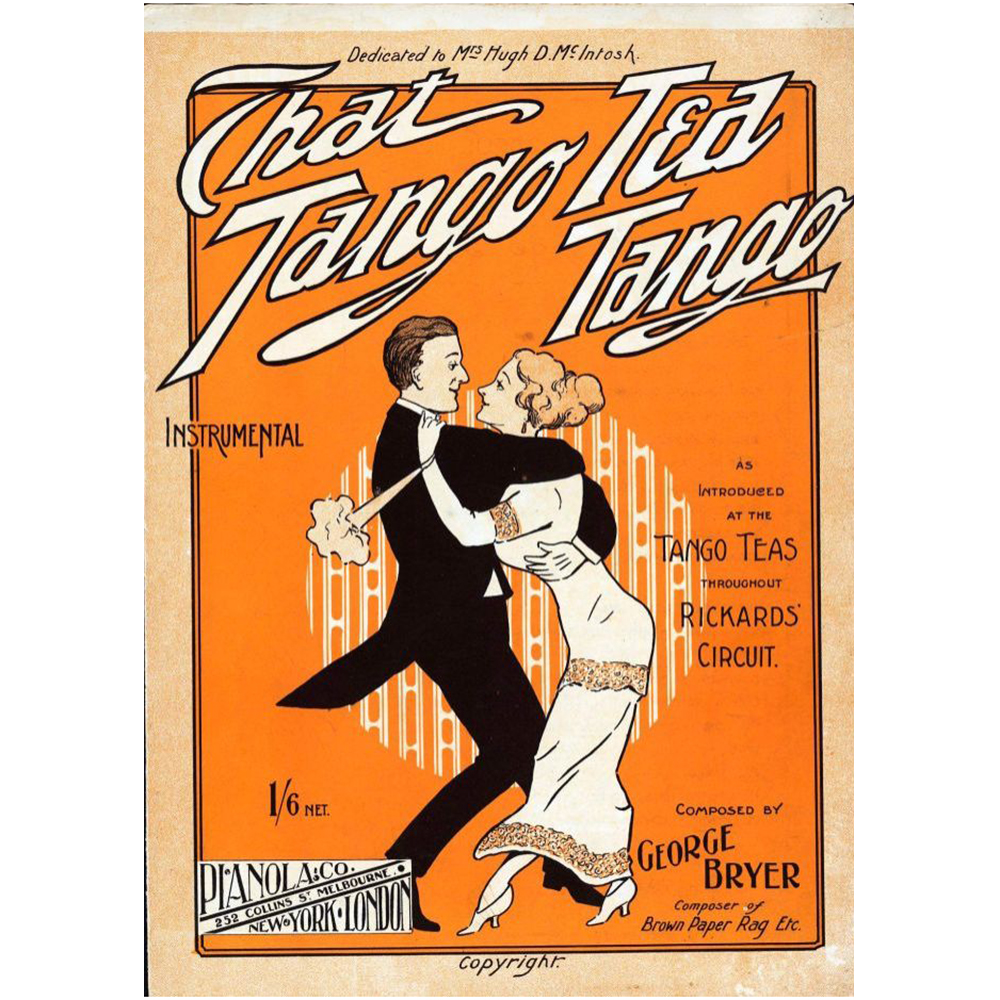
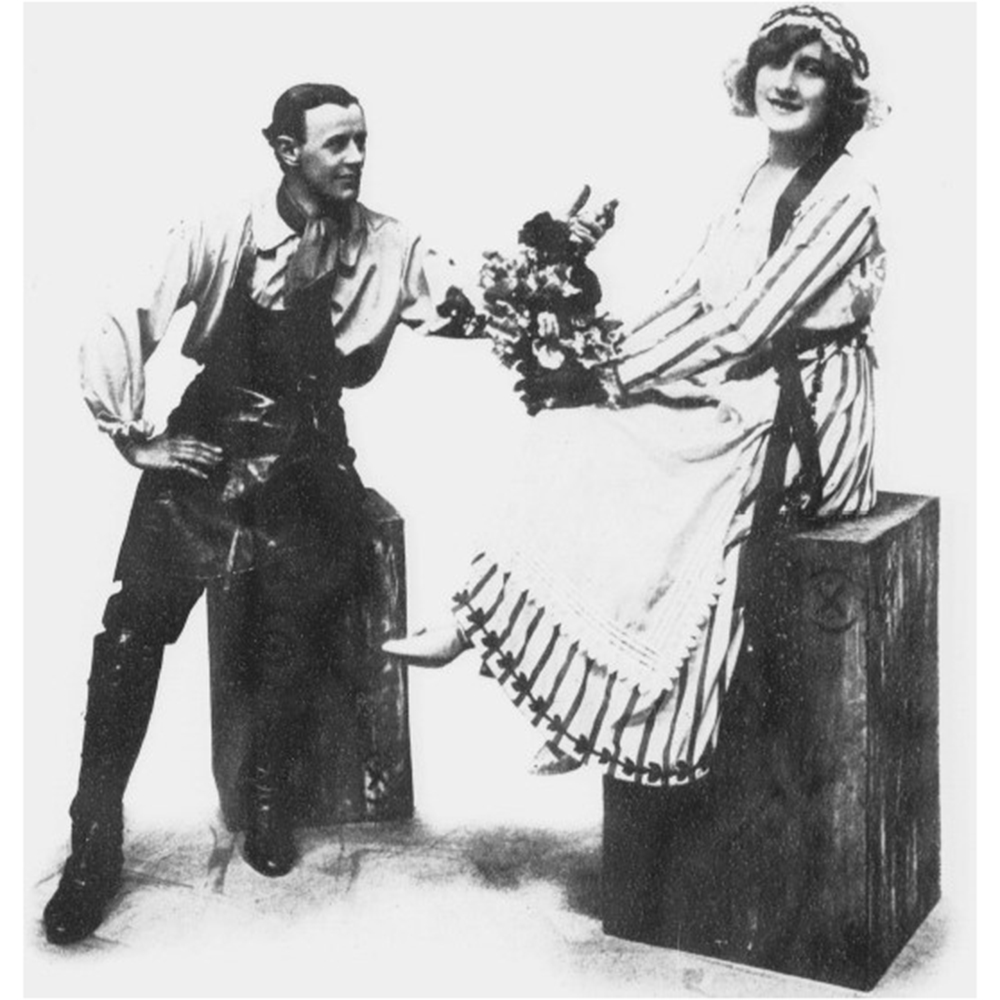
Basil Foster and Phyllis Dare in the Sunshine Girl
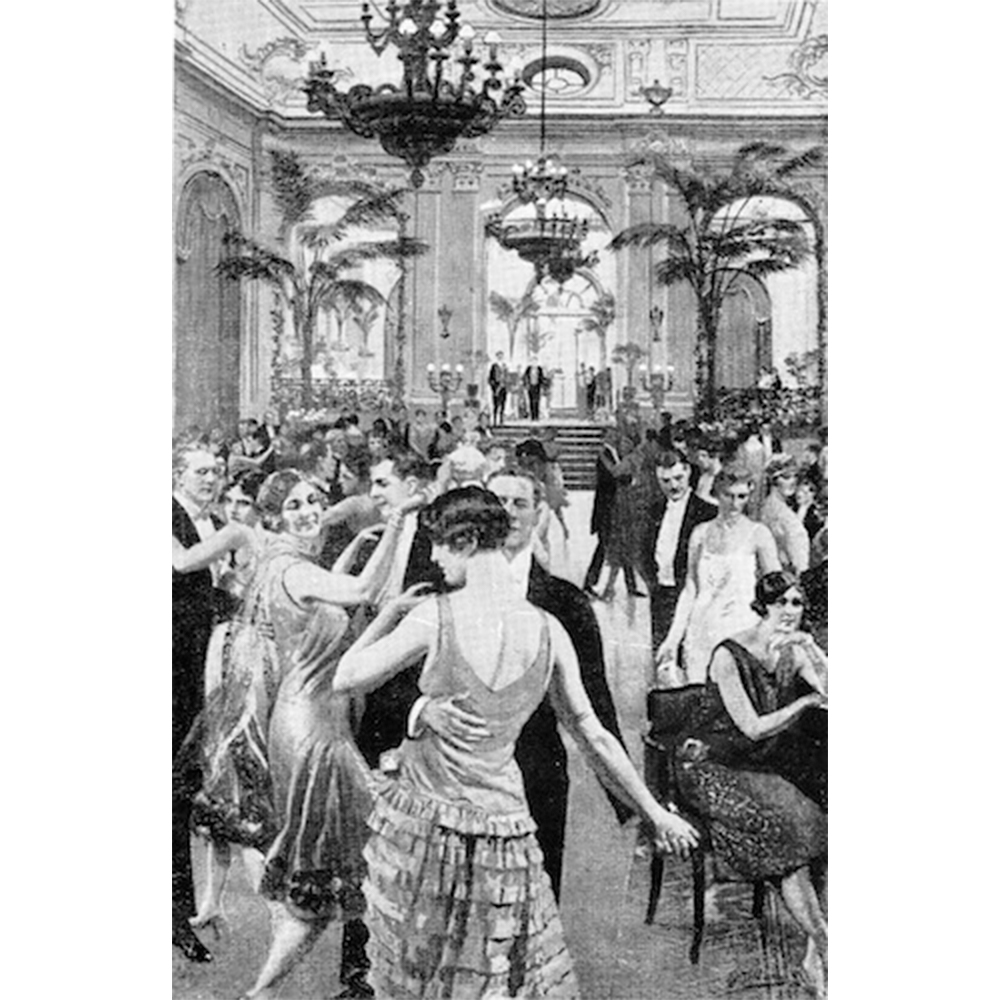
Tea Dance at Hotel Cecil 1920s
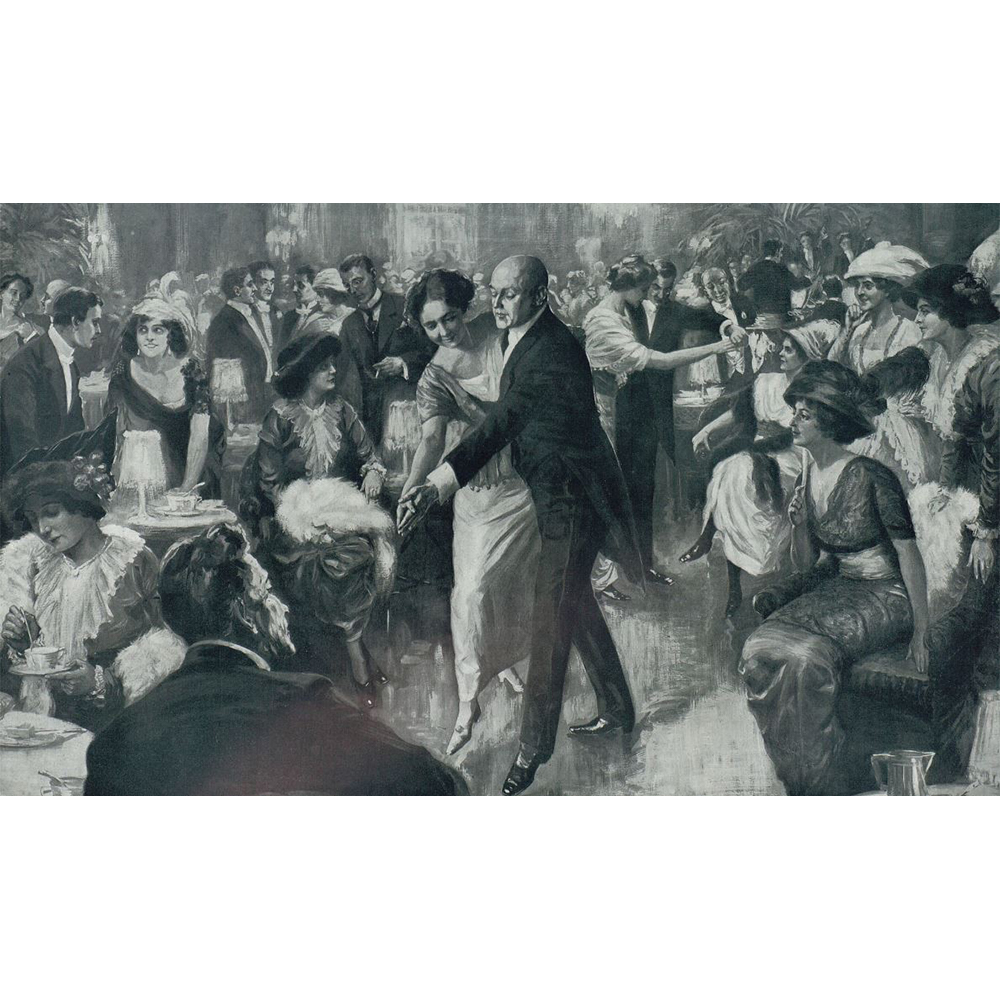
Tea Dance at a German Restaurant 1914
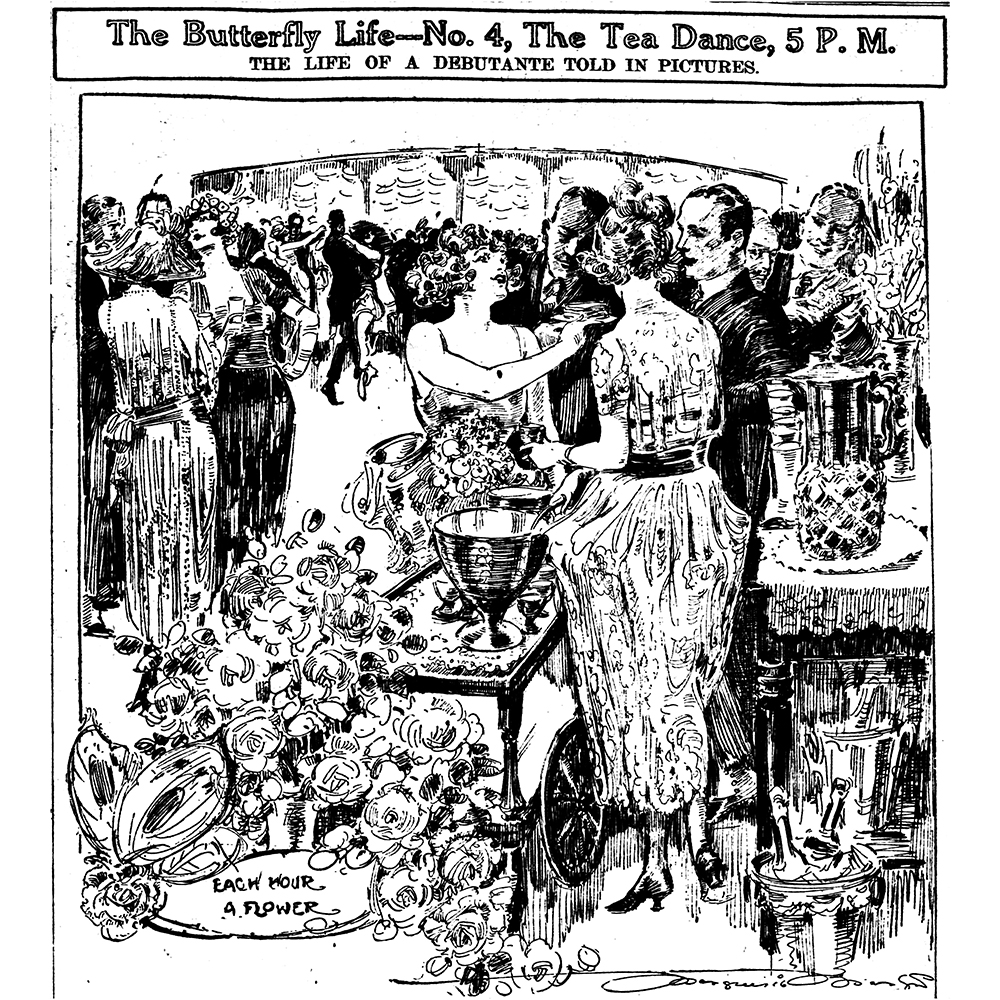
Tea Dance by Marguerite Martyn
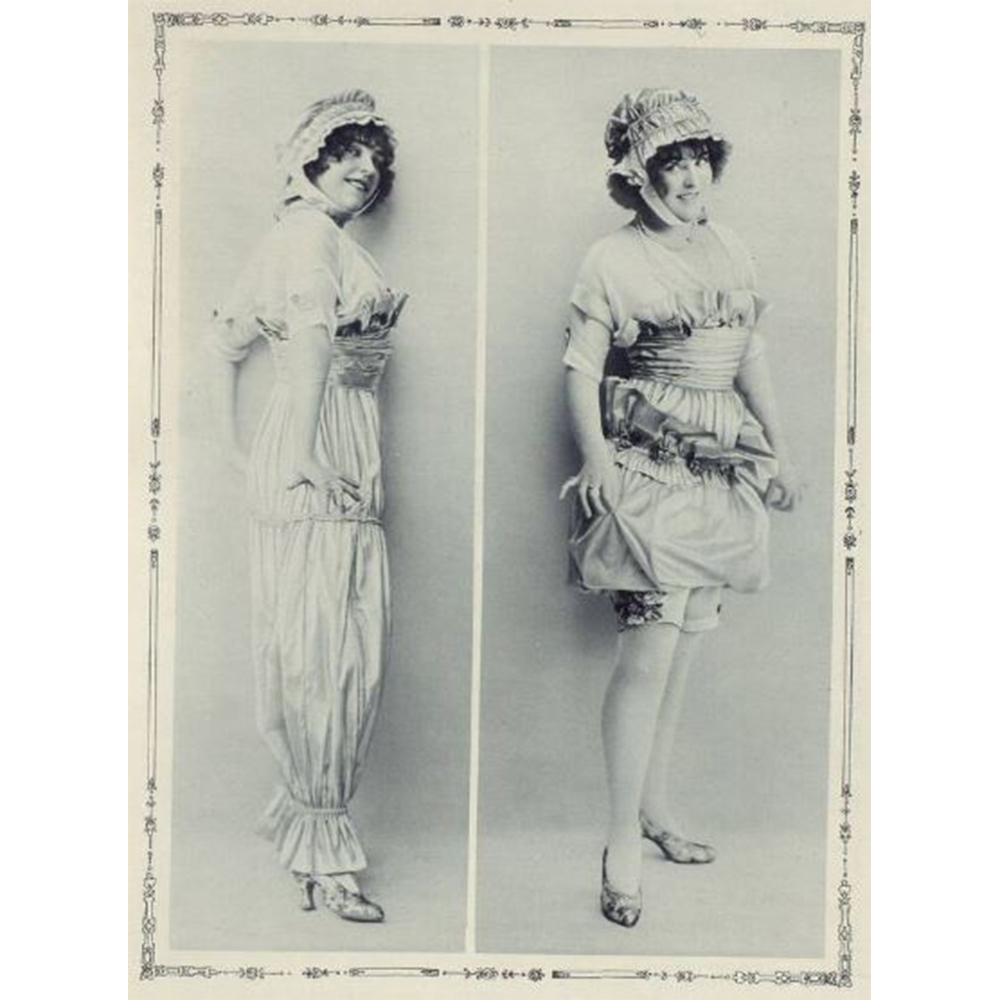
Tango Trousers 1914
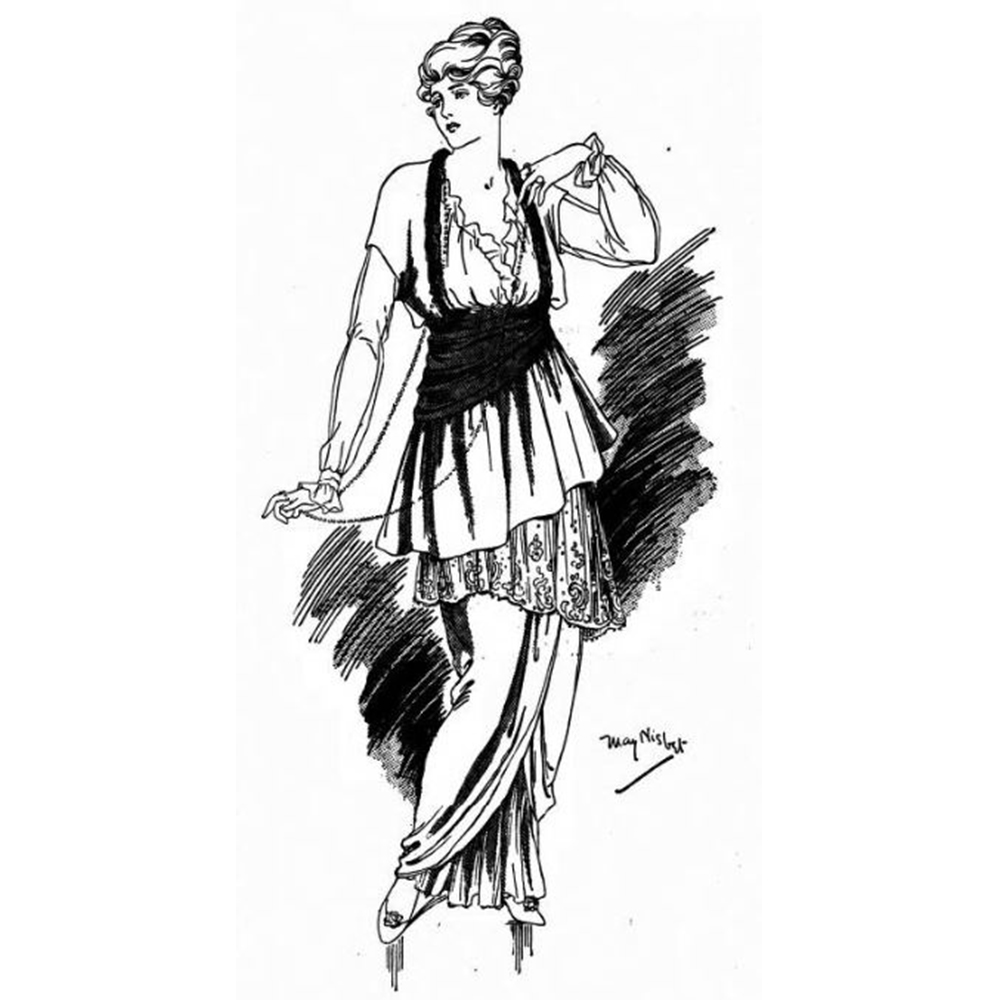
Tango Dress in Pall Mall Gazette
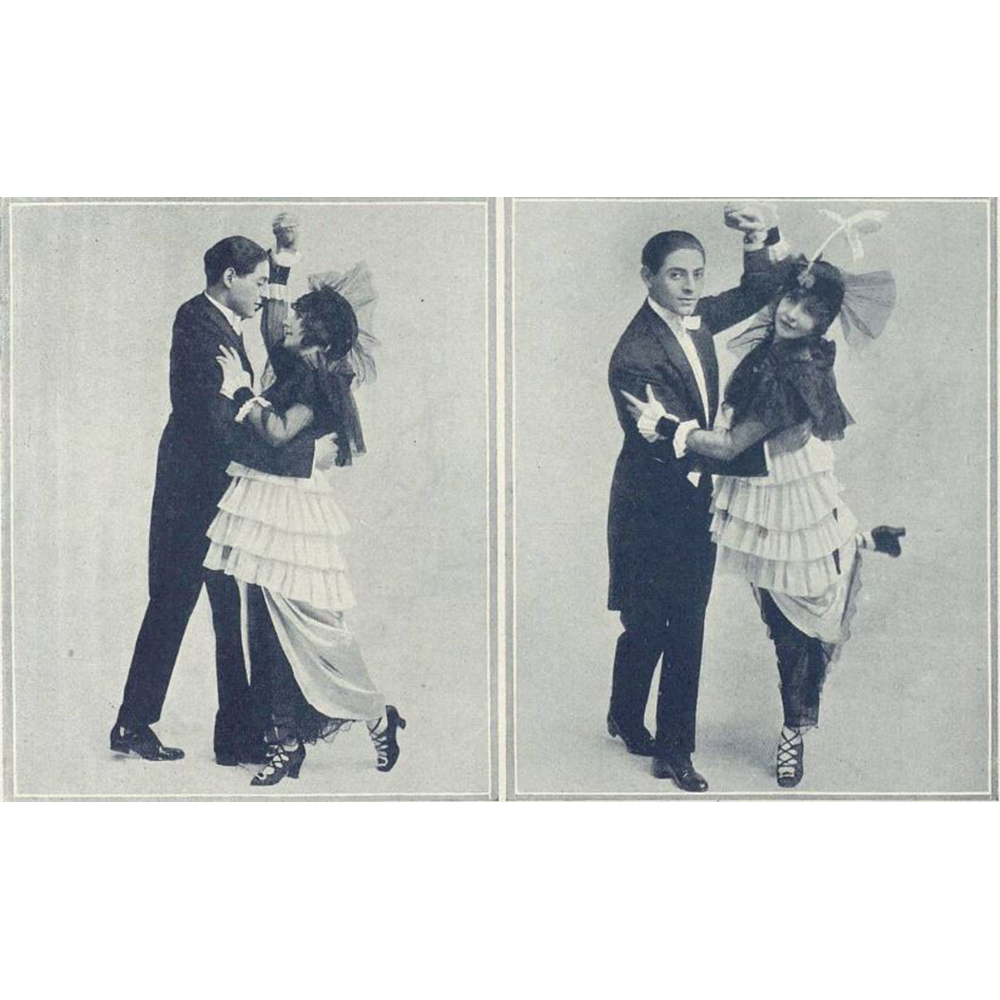
Steps from the Tango Tatler 1913
